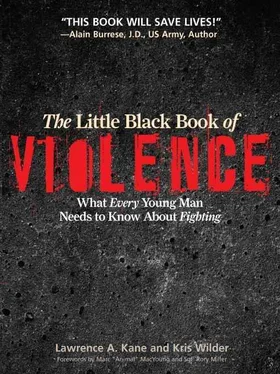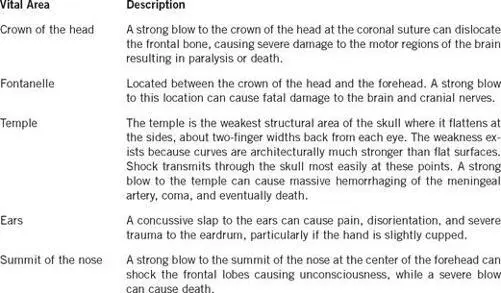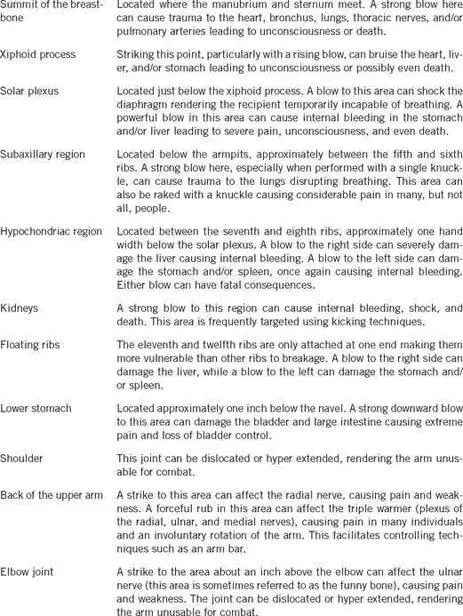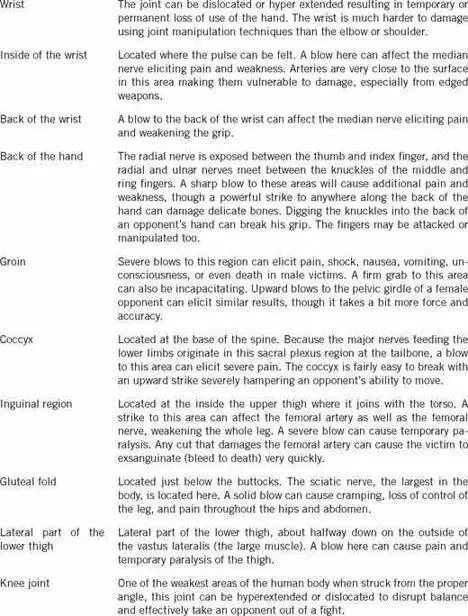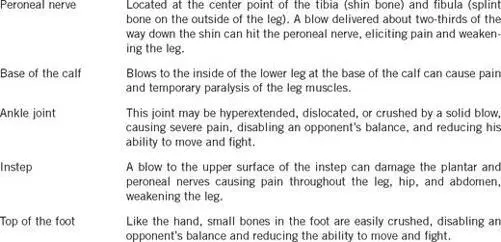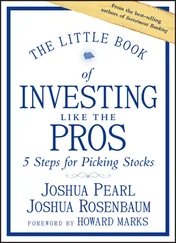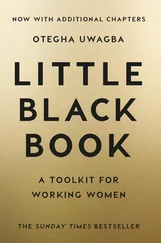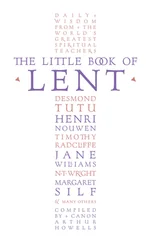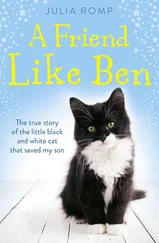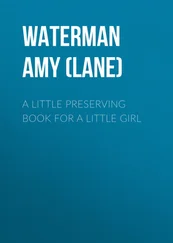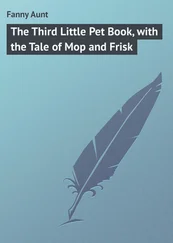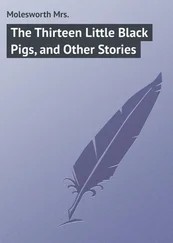Kris Wilder - The Little Black Book of Violence
Здесь есть возможность читать онлайн «Kris Wilder - The Little Black Book of Violence» весь текст электронной книги совершенно бесплатно (целиком полную версию без сокращений). В некоторых случаях можно слушать аудио, скачать через торрент в формате fb2 и присутствует краткое содержание. Город: Wolfeboro, NH, Год выпуска: 2009, ISBN: 2009, Издательство: YMAA Publication Center, Жанр: Спорт, на английском языке. Описание произведения, (предисловие) а так же отзывы посетителей доступны на портале библиотеки ЛибКат.
- Название:The Little Black Book of Violence
- Автор:
- Издательство:YMAA Publication Center
- Жанр:
- Год:2009
- Город:Wolfeboro, NH
- ISBN:978-1-59439-129-3
- Рейтинг книги:4 / 5. Голосов: 1
-
Избранное:Добавить в избранное
- Отзывы:
-
Ваша оценка:
The Little Black Book of Violence: краткое содержание, описание и аннотация
Предлагаем к чтению аннотацию, описание, краткое содержание или предисловие (зависит от того, что написал сам автор книги «The Little Black Book of Violence»). Если вы не нашли необходимую информацию о книге — напишите в комментариях, мы постараемся отыскать её.
is written for men ages 15 to 35, and contains more than mere self-defense techniques. This book provides crucial information about street survival that most martial arts instructors don't even know about. Kane and Wilder explain how to use awareness, avoidance, and de-escalation to help stave off violence.
The Little Black Book of Violence Every time you engage in violence, no matter how small or trivial it may appear to be at the time, it has the potential of escalating into something extraordinarily serious. What is really worth fighting for when you might find yourself spending the rest of your life behind bars, confined to a wheelchair, or trying to dig yourself out of bankruptcy from beneath the crushing weight of a civil lawsuit? It is important to ask yourself, “Is this really worth fighting over?” While in some instances the response could legitimately be “Yes,” more often than not it ought to be “No.”
More than mere techniques, this book fills in crucial information about street survival that most martial arts instructors don't teach or even know. You will learn how to use awareness, avoidance, and de-escalation to help stave off violence. Despite the best intentions, however, you may still find yourself in situations where you have no choice but to fight and others where it is prudent to do so. Consequently you will also learn smart things you might want to try and dumb things you should attempt to avoid during a physical confrontation.
In addition to learning strategies and techniques for defending yourself on the street you will also learn how to manage the aftermath of violence, including performing first aid, interacting with law enforcement, managing witnesses, finding a good attorney, navigating the legal system, dealing with the press, and overcoming psychological trauma.
Men, who commit about 80 percent of all violent crimes, are twice as likely to become victims of aggressive behavior as women. While written primarily for this at-risk demographic, this comprehensive tome is essential reading for anyone who regularly deals with violence, thinks they may encounter a hostile situation, or who simply wants to increase their ability to survive a dangerous encounter. Review
Product Description “An exceptionally modest title for a volume so comprehensive. Kane and Wilder maintain an engaging, readable, and occasionally humorous style that makes the book not just incredibly useful, but hard to put down as well.”
—Barry Eisler, internationally bestselling author of the John Rain series, shodan in Kodokan judo.
